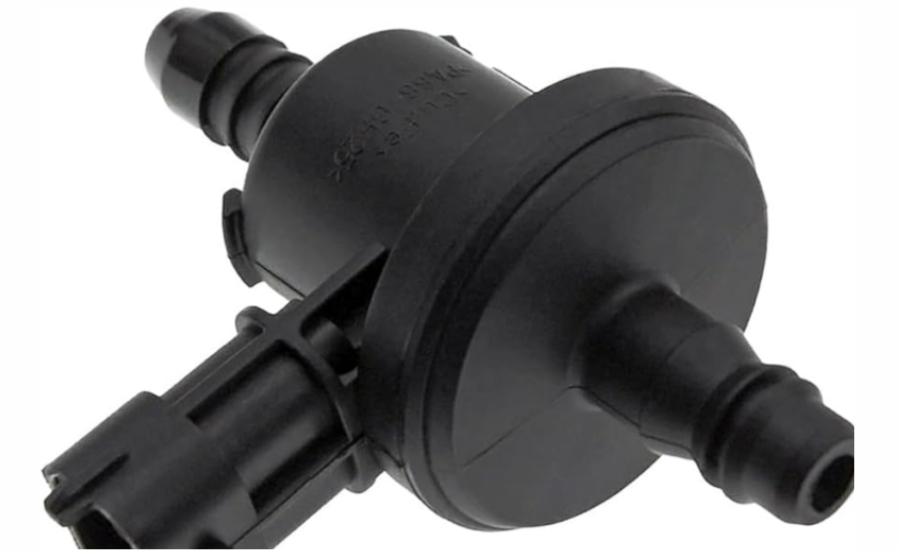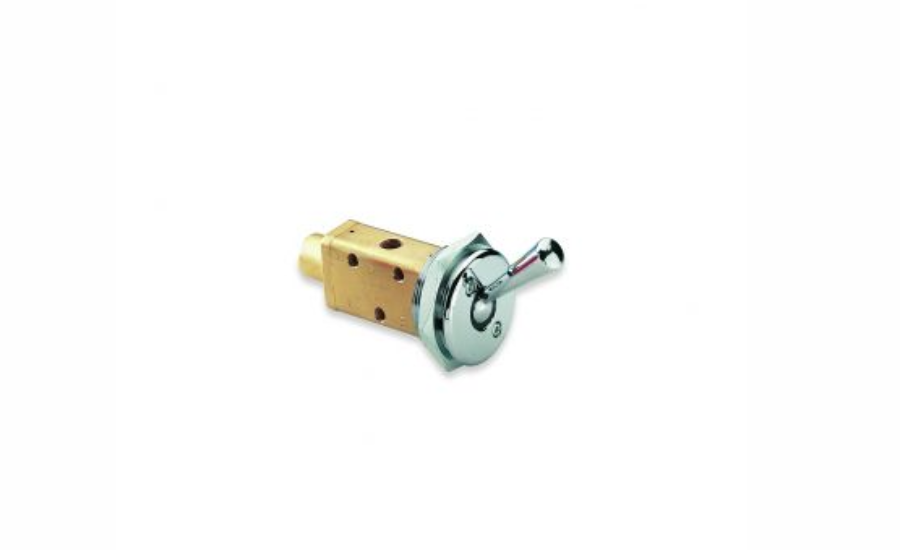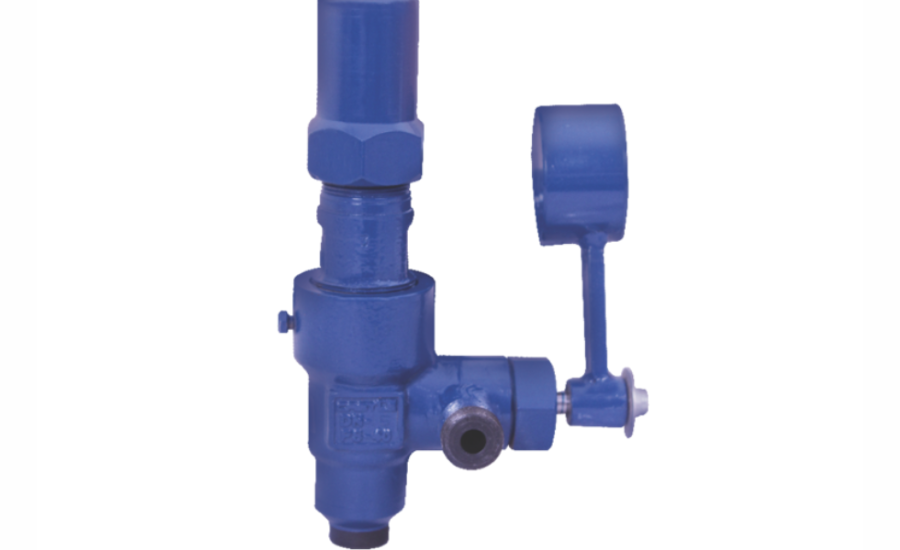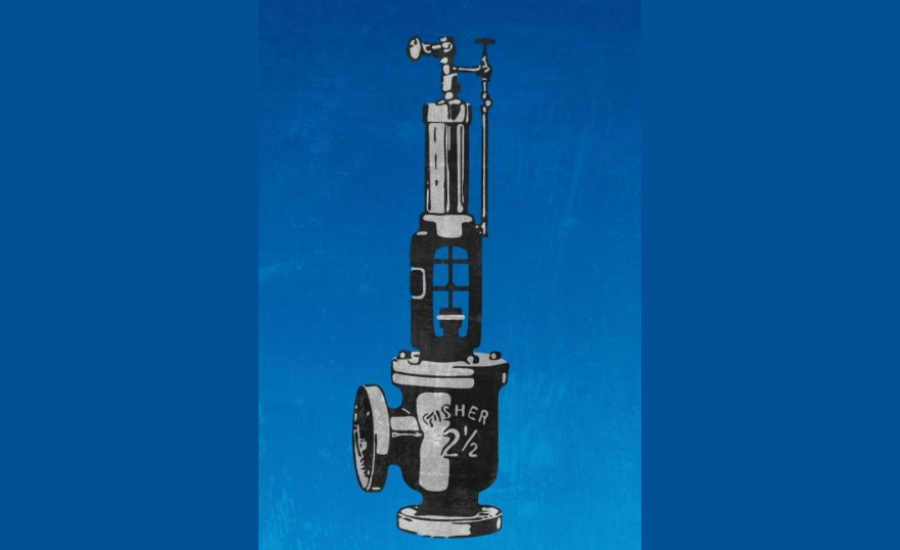Introduction
The Fisher Gas Purge Valve VA13 serves as a crucial component in various industrial systems, especially in sectors where gas turbines and complex fuel supply networks are essential. This advanced valve is specifically engineered to clear out residual gases from pipelines and fuel delivery systems during startup and shutdown processes. Such purging is essential to prevent any trapped gas or fuel from remaining in the lines, as these residues pose risks of unintentional combustion. By ensuring a clean and clear system, the Fisher Gas Purge Valve VA13 enhances the safety of gas turbine operations, minimizing the potential for hazardous incidents. This valve also contributes to operational efficiency, as purged systems tend to perform more reliably, helping industries meet strict safety and productivity standards.

Key Functions and Advantages of the Fisher Gas Purge Valve VA13
The Fisher Gas Purge Valve VA13 is meticulously designed to support the controlled flow of purge air within fuel systems of gas turbines, particularly during critical moments of fuel switching or system downtime. This strategic flow of purge air through the valve actively cleanses any remaining fuel or gas in the system, preventing it from causing issues such as combustion irregularities, nozzle overheating, or the dangerous backflow of gases. For gas turbine systems that shift between different fuel types—like natural gas and distillates (including diesel or jet fuel)—the purging process enabled by the VA13 valve is critical. Residual fuel left in the system could otherwise lead to performance inefficiencies, increased wear, or safety hazards.
The fisher gas purge valve VA13 excels at clearing the system by channeling purge air through the fuel lines and nozzles, effectively cooling these areas and eliminating any leftover fuel remnants. This thorough purging prevents the buildup of carbon deposits and contaminants such as sulfur. The presence of these impurities can significantly impact system functionality, as dirty gases in the fuel system often lead to operational inefficiencies or the need for costly repairs. By incorporating the VA13 valve, operators can ensure a cleaner fuel system, which reduces the risk of maintenance-intensive issues and supports continuous, uninterrupted performance.
Importance of the Fisher Gas Purge Valve VA13 in Fuel System Efficiency
At its core, the fisher gas purge valve VA13 fulfills a primary function of clearing gas residues from fuel nozzles, ensuring consistent and safe operations of gas turbines. Many gas turbines rely on flexible fuel options, such as a combination of natural gas and distillates. Switching between these fuels without adequately purging the system can result in problems such as backflow, incomplete combustion, or unintended fuel ignition. By performing the essential task of purging, the VA13 valve guarantees that the fuel lines and nozzles remain clear and optimally functional, providing the proper airflow needed for efficient and secure fuel combustion.

The VA13 valve also offers benefits in terms of maintaining a contaminant-free fuel system. Gas pipelines, especially those handling natural gas, are often exposed to impurities like sulfur, dust, and other fine particles. Over time, these contaminants accumulate, particularly in the fuel nozzles and manifolds. If left unattended, this buildup can lead to overheating, combustion irregularities, and even premature system shutdowns due to elevated exhaust temperatures. With the fisher gas purge valve VA13 in place, contaminants are effectively purged from the system, preserving combustion quality and reducing the likelihood of performance issues related to dirty fuel lines.
Common Challenges Faced with Gas Purge Valve Systems
In industrial settings, complications within gas purge systems are not uncommon, particularly when purge valves like the fisher gas purge valve VA13 are not regularly maintained, disabled improperly, or bypassed without adequate system adjustments. When purge valves are decommissioned without the proper reconfiguration of the system, critical cooling and purging functions are reduced, exposing the system to potential damage from overheating or incomplete combustion cycles.
For instance, in systems where distillate fuel is used alongside components designed for gas fuel, the inadvertent deactivation of purge valves without modifying other components like manifolds or nozzles can lead to serious operational issues. One example involves an instance where the gas purge system was disabled without compensating for this change. This led to overheating due to the lack of airflow, disrupting the system’s cooling mechanism and ultimately affecting combustion efficiency. Ensuring that the fisher gas purge valve VA13 and related components remain functional and adequately maintained is crucial in preventing such problems and in upholding operational consistency.
Applications of the Fisher Gas Purge Valve VA13 Across Various Industries
The fisher gas purge valve VA13 is widely utilized across several industries, including power generation, petrochemical processing, and natural gas refinement. Each industry relies on the VA13 valve for its ability to support seamless transitions between different fuel types, thereby reducing risks such as fuel contamination, incomplete combustion, and long-term equipment damage.
In power generation facilities with gas turbines, for instance, the VA13 valve ensures stable and efficient transitions between fuel sources, allowing for cleaner, safer, and more cost-effective combustion. In the petrochemical industry, where gas quality can vary significantly, purging systems like the VA13 valve play a vital role in preventing the accumulation of sulfur, dust, and other impurities in the fuel lines. The presence of these contaminants not only hampers the performance of the equipment but also leads to higher maintenance costs over time. By removing these impurities, the fisher gas purge valve VA13 helps preserve fuel delivery system integrity and maintain optimal performance.

Essential Maintenance and Troubleshooting Practices for the Fisher Gas Purge Valve VA13
Proper maintenance of the fisher gas purge valve VA13 is key to ensuring its longevity and reliability. Regular inspections are necessary to identify and address signs of wear, verify consistent airflow, and check for any signs of contamination within the fuel lines or nozzles. Routine maintenance also mitigates the need for costly repairs, prolonging the valve’s operational life and reducing the risk of unexpected failures.
In cases where combustion irregularities are observed, troubleshooting the VA13 valve often involves confirming its proper connection to the fuel system, inspecting for any blockages, and ensuring that it is receiving the correct control signals. If the fisher gas purge valve VA13 is found to be malfunctioning, swift repair or replacement is critical to maintain system stability and avoid further complications. Depending on the fuel system configuration, adjustments to either the system’s design or its operational parameters may be necessary to accommodate the purge valve’s functionality, particularly when handling different fuel types.
Frequently Asked Questions (FAQs) About the Fisher Gas Purge Valve VA13
Q: What is the primary function of the Fisher Gas Purge Valve VA13?
A: The main function of the Fisher Gas Purge Valve VA13 is to purge residual gases and fuel from pipelines, primarily in gas turbines and fuel systems. This purging process is essential for safe and efficient startup and shutdown procedures, helping to prevent unintentional combustion and ensuring that the fuel lines remain clear and clean.
Q: Why is purging necessary for gas turbine systems?
A: Purging is critical in gas turbine systems to remove residual fuel and gas from nozzles and pipelines. This prevents combustion issues like backflow and nozzle overheating, especially when switching between different fuel types, such as natural gas and diesel, which can result in incomplete combustion if remnants are left in the system.
Q: What industries benefit from using the Fisher Gas Purge Valve VA13?
A: The VA13 valve is widely used across power generation, petrochemical processing, and natural gas facilities. It enhances operational safety by removing contaminants and supporting seamless fuel transitions, which are critical in industries where gas quality and fuel type vary frequently.
Q: How often should the Fisher Gas Purge Valve VA13 be maintained?
A: Regular maintenance is essential for reliable operation. Maintenance frequency depends on the system’s workload and environment, but generally includes periodic inspections for wear, checking airflow consistency, and cleaning out any potential blockages or buildup in the fuel lines.
Q: What happens if the VA13 valve is disabled or not maintained?
A: Disabling or failing to maintain the VA13 valve can result in cooling loss, increased risks of overheating, incomplete combustion, and system inefficiencies. This can also lead to increased maintenance costs and potential safety hazards in industrial operations.
Q: Can the Fisher Gas Purge Valve VA13 handle different types of fuel?
A: Yes, the VA13 valve is designed to work with gas turbines and systems that may switch between various fuel types, such as natural gas and distillates. Its purging function is vital to prevent mixing of fuel residues, which could lead to hazardous combustion conditions or inefficiencies.
Q: What troubleshooting steps are recommended if the VA13 valve malfunctions?
A: Basic troubleshooting involves checking the valve’s integration with the fuel system, inspecting for any physical blockages, verifying that control signals are received, and ensuring the system is correctly configured. If issues persist, it’s advisable to perform a detailed inspection and consider repair or replacement as needed.
Conclusion
The Fisher Gas Purge Valve VA13 is essential for maintaining safety and efficiency in gas turbine and fuel delivery systems across diverse industries. By purging gas residues and contaminants, it minimizes risks of unintentional combustion and overheating while ensuring consistent fuel combustion, particularly crucial for systems using multiple fuel types where smooth transitions are needed to prevent backflows. Routine maintenance and checks on the VA13 valve are vital for identifying potential wear, blockages, or control signal issues before they affect performance, with troubleshooting focused on installation accuracy, airflow verification, and timely repairs. Its widespread use in power generation and petrochemical sectors underscores the VA13 valve’s reliability for industries prioritizing safety, efficiency, and cost-effective maintenance.
Read Next: 530953-switch
